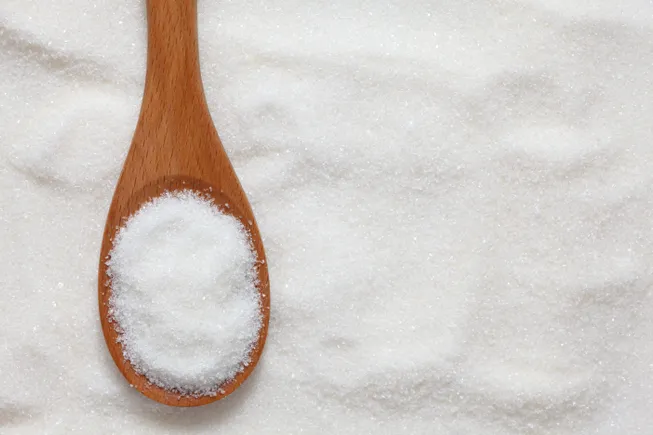Ingredients in Focus: Sweeteners | Food Dive

Sweeteners are a complex ingredient category. Between natural sweeteners occurring in plants, some adding calories to food, and others containing no calories at all, few other ingredients can claim this kind of differentiation.
HealthFocus International researched sugars and sweeteners globally and regionally to help companies better understand shopper motivations and attitudes toward sweetener solutions.
Across the globe, most consumers (55%) are concerned about their sugar intake, according to the report sent to Food Dive, and sugar reduction is the number one dietary trend globally.
Sugar has long been a staple for manufacturers, adding sweetness and a consistency in flavor and texture to food and beverages. With consumers continuing to look for sugar alternatives, ingredient suppliers are seeking sweetener options that taste like sugar without the unwanted additives.
Though stevia and monk fruit are growing in popularity, according to the report, other natural alternatives are also being discovered, honed and introduced to the category, the report said.
Sweet proteins, for example, are currently capturing media attention. The name refers to the chemical structure of the plant compound being used as a sweetener and the way they are digested allows them “not to affect blood sugar and, unlike other non-caloric natural sweeteners, have less potential for gastrointestinal side effects.”
Brazzein, derived from the oubli fruit native to West Africa, has gained popularity with the Oobli brand after receiving clearing from the U.S. Food and Drug Administration earlier this year. Industry giants have been working with thaumatin solutions for decades and the company MycoTechnology created a sweetener from the Hungarian honey truffle sweetener, touting it as 2,500 times sweeter than sugar.
Although most consumers are looking to reduce their sugar intake, more are worried about the safety of artificial sweeteners, the report said.
“This makes it impossible for manufacturers to please all consumers and underlines the necessity to get crystal clear on which consumers are the best target for your products,” said Cali Amos, human insights director at HealthFocus International.
Avoiding artificial sweeteners consistently ranked lower in terms of a change in recent priorities than avoiding sugar, the report said. “This may seem to indicate a greater concern for sugar than for artificial sweeteners, but it’s more nuanced than that,” it said.
For example, 96% of consumers use sugar, while only 77% use artificial sweeteners, so significantly fewer consumers would actually be able to reduce or avoid artificial sweeteners than sugar.
“It’s much easier for consumers to visualize ‘less sugar’ than ‘less artificial sweeteners.’ Also, ‘less sugar’ is a phrase familiar to shoppers, while the latter isn’t. For consumers, artificial sweeteners are either there or not there. Sugar has a degree of content that artificial sweeteners don’t,” said Angela Johnson, dietary and nutrition insights manager at HealthFocus International, in the report.
As more food and beverage products are sweetened with natural alternatives like monk fruit and stevia, these ingredients are projected to be embraced as the go-to option for a natural, low-calorie sweetener. Companies like Smart Sweets, a better-for-you candy brand, Olipop, a better-for-you soft drink company and Chobani, with its Chobani Complete Greek Yogurt Smoothies, are already using these ingredients.
“There is a lot of industry investment in both [stevia and monk fruit], with efforts to increase processing efficiency, improve taste, and expand production,” the report said.
Other natural sweeteners like xylitol, erythritol, and allulose, which occur naturally in a variety of plants, are far less accepted by consumers, the report said.
“Much of this is likely because their names are reminiscent of artificial sweeteners, though some consumers may also be deterred by complex processing methods, which is also true about sugar for clean-focused consumers.”
Products like Three Wishes cereal, Super Coffee, Koia and Enlightened ice cream all use these types of ingredients.
The report found that overall, consumer confidence largely depends on how an ingredent is presented.
“Other than honey and fruit juice (most say ‘good’) and artificial sweeteners (most say ‘bad’), the greatest share of consumers feel that each other sweetener is “neither good or bad,” the report said.
Source: fooddive.com

